Growing Demand for Non-Destructive Testing
The Ultrasonic Testing Equipment Market is witnessing a growing demand for non-destructive testing (NDT) methods across various sectors. Industries such as oil and gas, automotive, and construction are increasingly adopting ultrasonic testing due to its ability to detect internal flaws without damaging the material. This trend is further supported by stringent regulatory standards that require regular inspections to ensure safety and compliance. The market for ultrasonic testing equipment is expected to expand as companies seek to minimize downtime and reduce costs associated with material failure. In fact, the NDT market is anticipated to reach USD 2.5 billion by 2026, with ultrasonic testing being a key contributor to this growth.
Increased Focus on Safety and Quality Assurance
The Ultrasonic Testing Equipment Market is experiencing an increased focus on safety and quality assurance across various sectors. Companies are recognizing the importance of implementing stringent quality control measures to prevent accidents and ensure product reliability. This heightened awareness is driving the adoption of ultrasonic testing as a preferred method for detecting flaws in materials and components. Industries such as aerospace and automotive are particularly vigilant, given the potential consequences of material failure. As a result, the ultrasonic testing equipment market is projected to grow, with an emphasis on advanced technologies that enhance detection capabilities and improve overall safety standards.
Rising Investment in Infrastructure Development
The Ultrasonic Testing Equipment Market is benefiting from rising investments in infrastructure development across various regions. Governments and private entities are allocating substantial funds towards the construction and maintenance of roads, bridges, and buildings. This surge in infrastructure projects necessitates rigorous quality control measures, where ultrasonic testing plays a vital role in ensuring structural integrity. As a result, the demand for ultrasonic testing equipment is expected to increase significantly. For instance, the construction sector is projected to grow at a CAGR of 5.5% over the next five years, further propelling the need for reliable testing solutions to meet safety standards.
Shift Towards Portability and User-Friendliness
The Ultrasonic Testing Equipment Market is undergoing a notable shift towards more portable and user-friendly devices. As industries strive for efficiency, there is a growing preference for handheld ultrasonic testing equipment that allows for on-site inspections. This trend is particularly evident in sectors such as construction and maintenance, where quick and accurate assessments are essential. Manufacturers are responding by developing lightweight, battery-operated devices that do not compromise on performance. The increasing emphasis on user-friendly interfaces also plays a crucial role in this shift, as it enables technicians with varying levels of expertise to operate the equipment effectively. This evolution is likely to drive market growth as companies prioritize ease of use and mobility.
Technological Advancements in Ultrasonic Testing Equipment
The Ultrasonic Testing Equipment Market is experiencing a surge in technological advancements that enhance the efficiency and accuracy of testing processes. Innovations such as phased array ultrasonic testing (PAUT) and time-of-flight diffraction (TOFD) are becoming increasingly prevalent. These technologies allow for more detailed inspections and faster data acquisition, which is crucial in industries such as aerospace and manufacturing. The integration of artificial intelligence and machine learning into ultrasonic testing systems is also on the rise, potentially improving defect detection rates. As a result, the market is projected to grow at a compound annual growth rate (CAGR) of approximately 6% over the next few years, driven by the need for more sophisticated testing solutions.


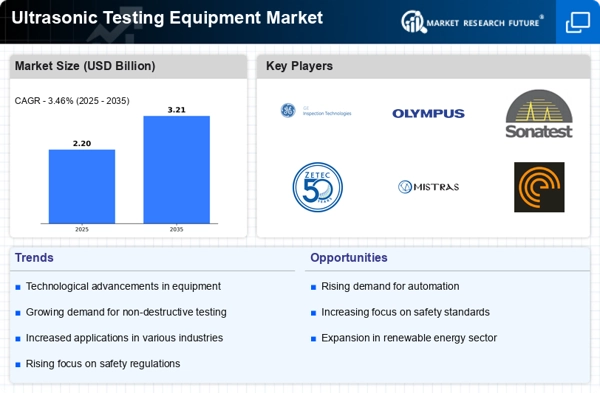
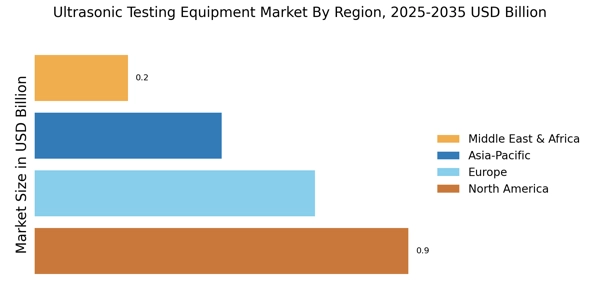
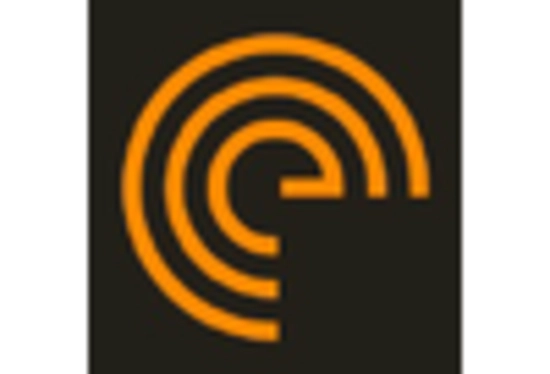
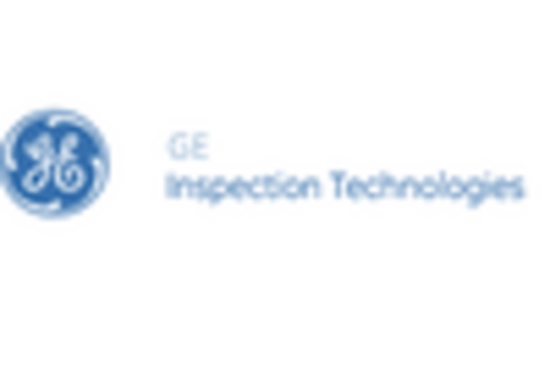
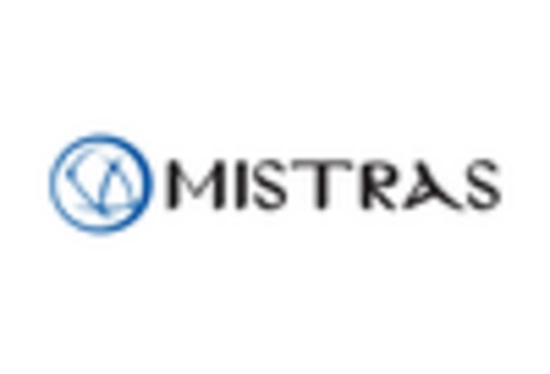
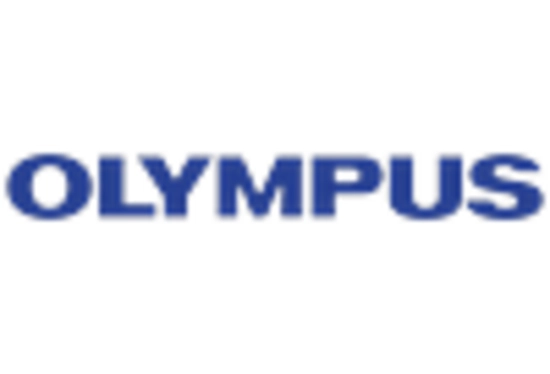
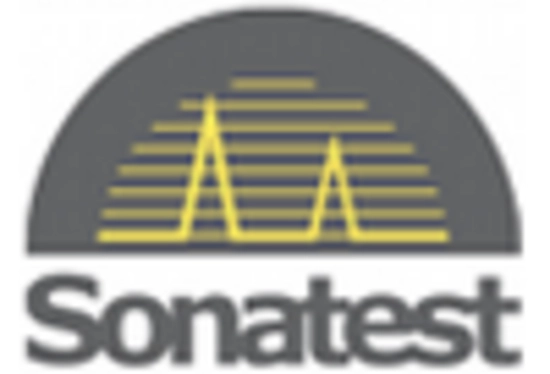









Leave a Comment